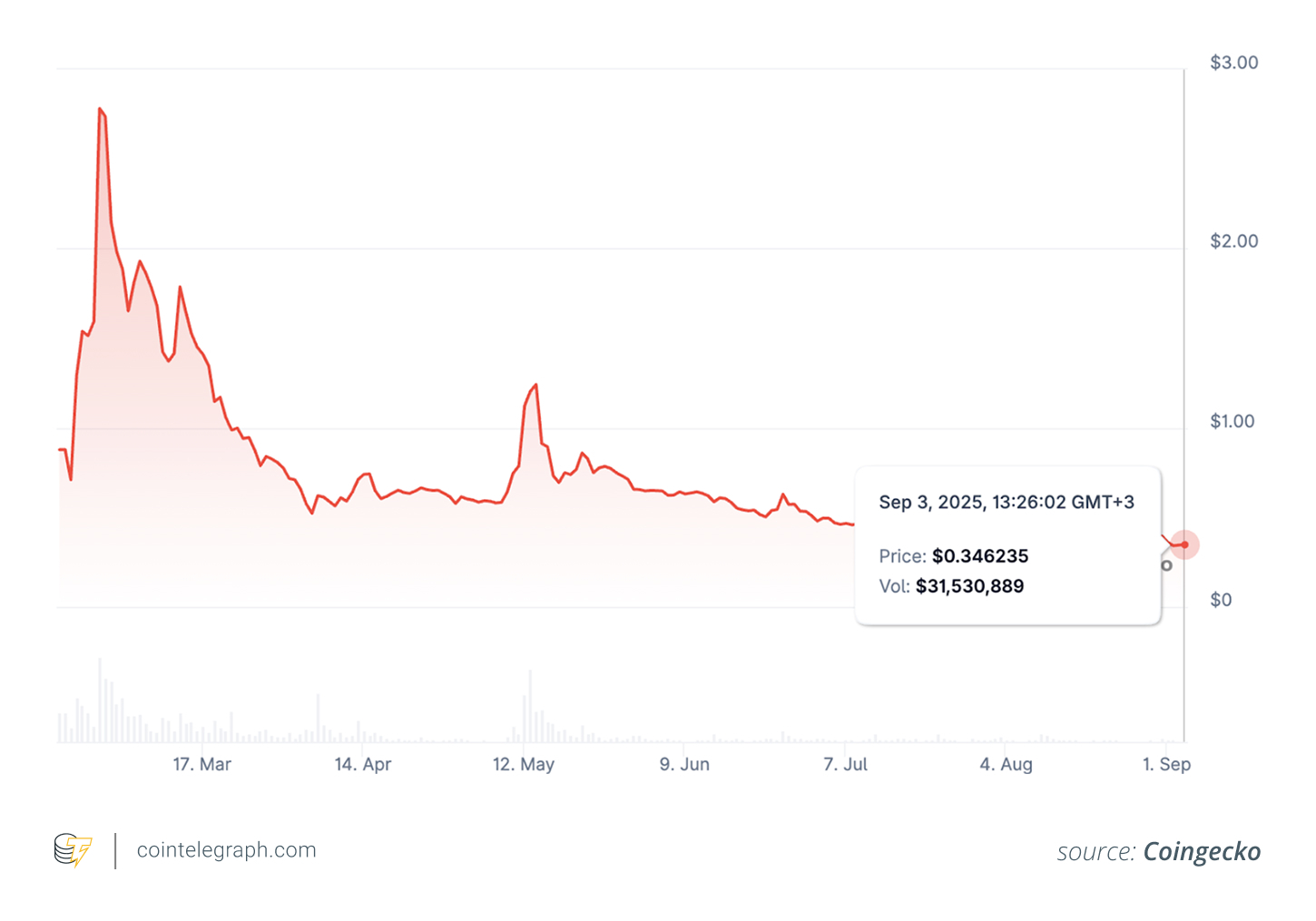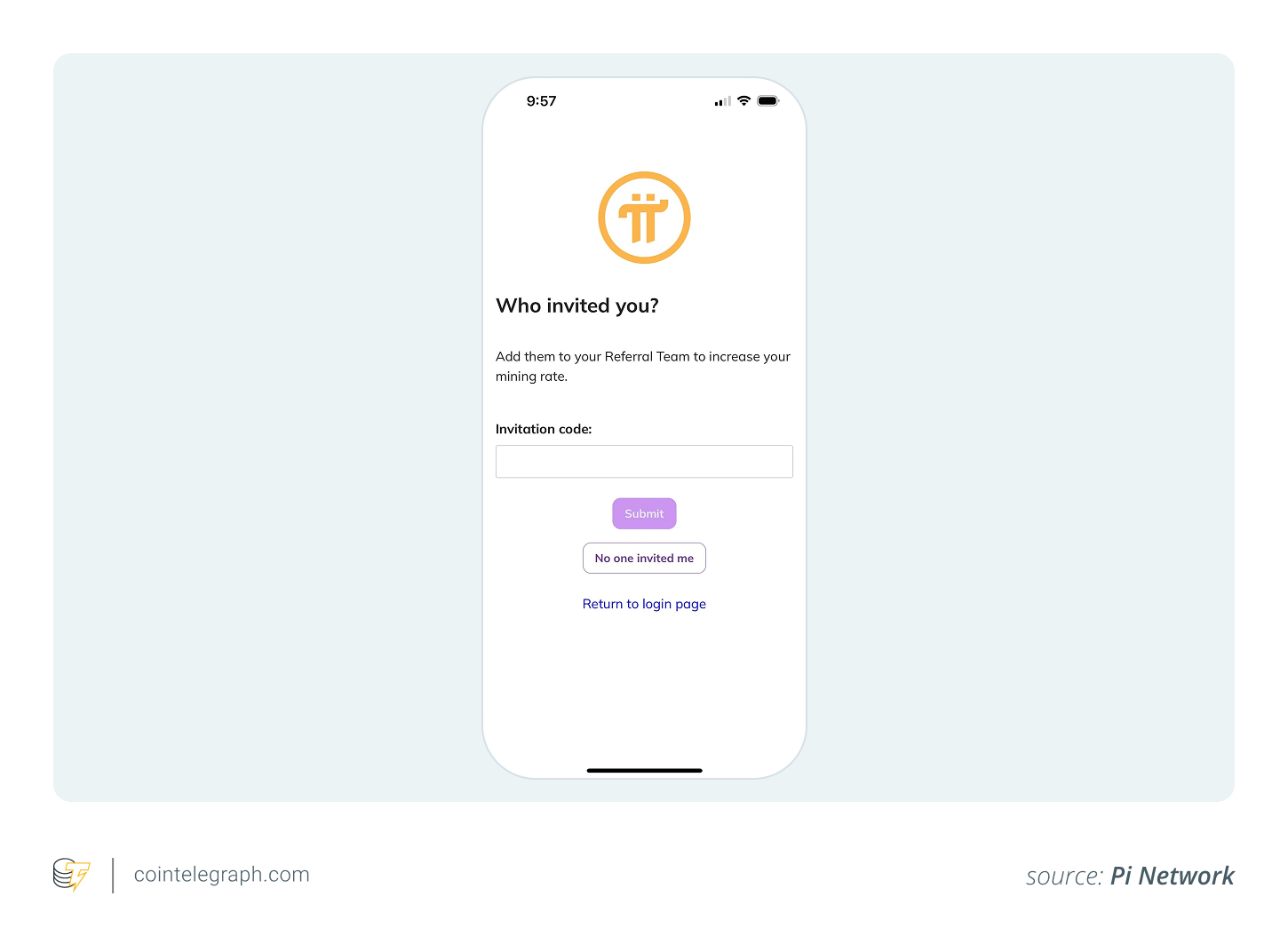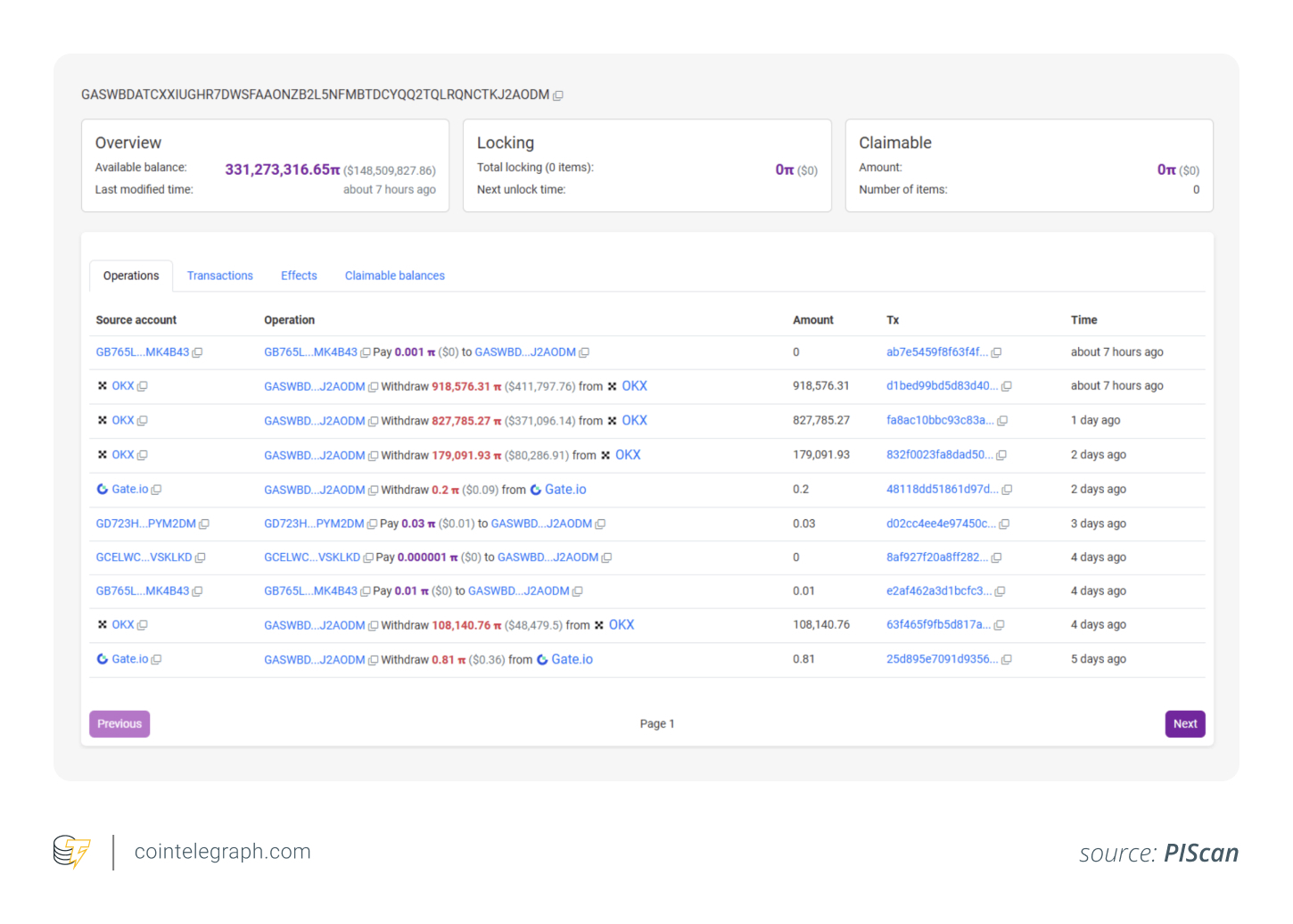
What is Pi Network?
Despite numerous delays and scrutiny, Pi Network has amassed a following that resembles a cult. Critics label the project as “money-minded,” pointing to its dependence on in-app advertisements, referral growth, and centralized token control. There are also concerns that its Know Your Customer (KYC) protocols might enable monetization of user data.
The question remains: how does a cryptocurrency, criticized for its limitations, manage to engage millions daily with a simple tap on their devices?
Founded in 2019 by Stanford alumni, Pi Network aims to revolutionize cryptocurrency mining. Users can mine Pi (PI) coins through a smartphone app rather than traditional, resource-intensive hardware.
Employing the Stellar Consensus Protocol (SCP) and social “security circles” instead of proof-of-work, it promises inclusivity over competitive mining.
In February 2025, Pi finally launched its eagerly awaited mainnet, allowing external trading and token transfers after years of anticipation. However, the rollout faced hiccups with migration setbacks and KYC delays frustrating many users. Nonetheless, enthusiasm remained, with a brief surge in Pi’s value up to $3 before falling back to about $0.34 by September 2025.
 Image
Image
To this day, Pi Network continues to draw significant interest amidst rising operational challenges.
Did you know? The mobile mining craze began long before Pi with a project called Electroneum in 2017, which faded as exchanges lost interest.
Criticisms and Red Flags
Despite its growing user base, critics stress that Pi Network’s foundation is fraught with unanswered questions.
Centralization and Control
While branded as an “open network,” Pi’s control is primarily in the hands of its core team, undermining the decentralization ethos central to cryptocurrency principles.
Opaque Tokenomics
The network claims a maximum supply of 100 billion tokens allocated into four segments: 65% for community rewards, 20% for developers, 10% for reserves, and 5% for liquidity. These figures depend on the actual tokens that have transitioned to the mainnet.
Referral-based Rewards
Mining Pi is heavily reliant on user referrals. Critics argue this resembles multi-level marketing, raising sustainability issues as growth rates slow.
 Image
Image
Limited Listings and Poor Liquidity
Post-launch, Pi’s trading options are restricted to lesser-known exchanges like OKX and Gate.io, with major platforms like Binance and Coinbase refusing to list it due to concerns about centralization.
Market Volatility
Pi’s market instability is alarming; it dropped from nearly $3 in early 2025 to about $0.34-$0.35 by early September (a 90% drop). Meanwhile, a wallet dubbed “GAS…ODM” has mysteriously gathered 331 million Pi coins, heightening suspicions of insider manipulation.
 Image
Image
Privacy Risks with KYC
For mined Pi to transfer onto the Mainnet, users must comply with KYC, involving identity verification. Concerns arise as this data is reportedly stored on centralized servers, raising privacy issues.
Past issues with third-party KYC systems have raised ongoing skepticism about how Pi safeguards sensitive user data.
Did you know? Recent analytics reveal the top contributors visiting minepi.com originate from Vietnam (10.2%), South Korea (8.2%), India (6.66%), the United States (6.6%), and Ethiopia (5.2%).
Why the Hype Persists
With free mining, social support, and positive ecosystem signals, millions remain emotionally invested despite criticisms regarding liquidity and centralization.
Low Entry Barrier
Mining Pi requires only attention rather than financial investment. Users merely launch the app daily, eliminating costs typically associated with mining.
Community Momentum
Pi encourages engagement among its users, dubbed “Pioneers,” fostering social connections through a daily routine of app use and referrals.
Events and campaigns, such as PiFest, support activity and promote a sense of belonging among users.
Signals of Future Progress
While Pi’s narrative focuses on long-term goals, it also captures attention with developer grants and hackathons, which spark community dialogue and engagement despite market fluctuations.
Did you know? By 2025, there are over 6.9 billion smartphones in use worldwide, indicating that mobile-focused crypto initiatives like Pi have substantial potential compared to traditional Bitcoin wallets, which are around 460 million.
What to Watch Next
Pi’s longevity isn’t tied to short-term pricing; the real test lies in its transformation into a functional open network. Key indicators to monitor:
- Decentralization: Concrete evidence of independent validators is crucial.
- Market Listings: Major exchanges must begin trading Pi to increase user trust and price clarity.
- Ecosystem Development: Active use through funded projects will outweigh mere updates.
- KYC Progress: Transparent user growth is a necessity for functional economic stability.
If progress is achieved, the fervor surrounding Pi could shift into real utility. Should it falter, faith in the project may be its only selling point.



